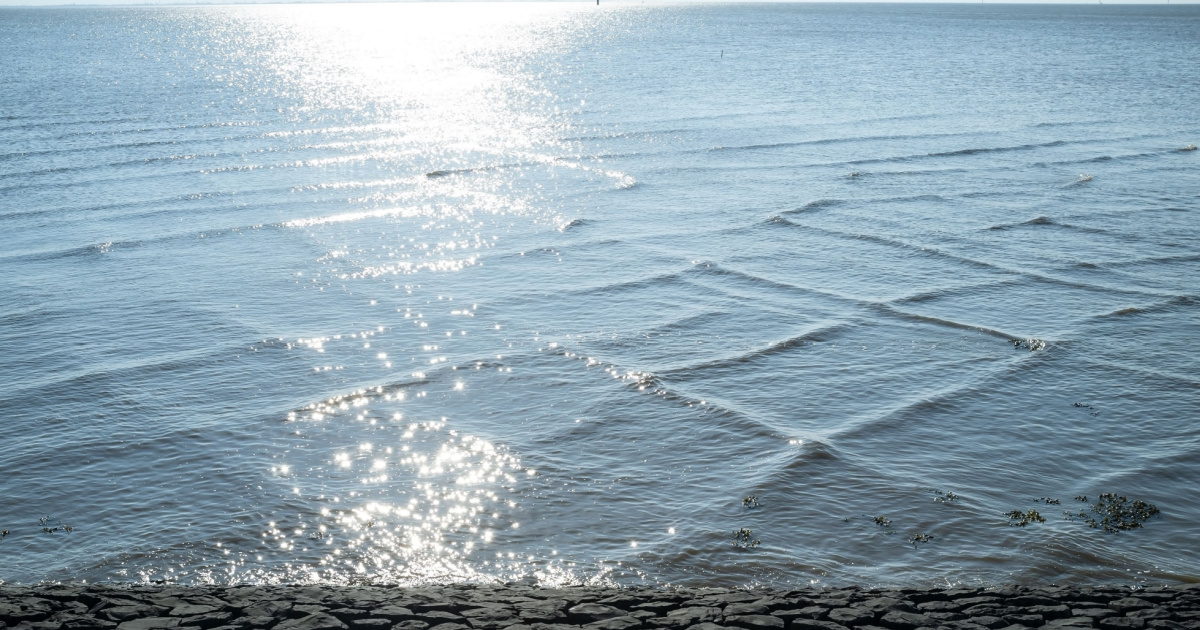A Guide on What To Do If You Encounter Square Waves in the Ocean
Summers by the sea are a favorite pastime for many, with beaches teeming with people seeking sun and fun. Amidst the joy of seaside activities, it’s crucial not to let our guard down. A seemingly harmless environment can turn perilous with a single misstep. While we’re familiar with the risks of changing tides and rip currents, there’s a less-known threat that demands attention – square waves.
Square waves, also known as cross seas, manifest when two or more swells converge, forming a distinctive square or checkerboard pattern. According to the European Space Agency, these conditions are not uncommon, occurring when a windsea and a swell, or two swell systems, coexist. A 2004 study revealed that a significant number of ship accidents occurred in crossing sea states.

These cross seas generate swells reaching up to 10 feet in height, creating intricate wind patterns that pose challenges for boaters and swimmers alike. Encountering such conditions is rare but demands caution. Instead of venturing out on boats or swimming in the precarious seas, it’s advisable to relax on the shore and await safer conditions.
Square waves are often found in specific geographical locations, typically at peninsulas where two large bodies of water meet. Examples include the Isle of Re in France and Cape Reinga in New Zealand. The Isle of Re, just off La Rochelle’s coast, is renowned for its crossed sea waves, attracting thousands of tourists to its lighthouse. Cape Reinga, situated at the Northern tip of New Zealand, witnesses the collision of the Tasman Sea and the Pacific Ocean, creating the mesmerizing square wave phenomenon.
While these square waves are visually captivating, it’s essential to admire them from a safe distance. Despite the seemingly improbable allure of waves intersecting at different angles, these occurrences draw significant attention, making them major tourist attractions.
Interestingly, square waves can be observed in shallow waters, such as those off the Isle of Rhe and Tel Aviv, Israel. Scientists attribute this phenomenon to the Kadomstev-Petviashvili equation, describing nonlinear wave motion and often used to explain the interaction of different weather systems.
Source: thepremierdaily.com




